What kind of student-centered practices do you use in your science classroom? Tell us below or tweet @learnquebec.
As a science teacher in the 70s and 80s and then as a science consultant in the 90s, I often had discussions with other teachers about which teaching methods to use when presenting science topics. “Should I present the known scientific facts about the topic to my students?” “Should I put the students into a situation where they discover them as the result of a guided lab activity?” The same questions persist today. Seldom is the answer clear. Each situation is different: the topic, the nature of the class, the materials available. There are always other pressures, too. Some argue that using inquiry or discovery takes too much time, and the number of topics that have to be covered simply doesn’t allow for it. Others feel that by giving students the facts, one can be sure that students get it right. Many, however, feel that students have to “construct” their own knowledge to really understand.
The Constructivist – Behaviorist Continuum
These concerns presents a real dilemma for science and technology teachers. They are forced to situate themselves somewhere in the constructivist vs behaviorist continuum – between having the students discover/construct the “facts” or receive the “facts” from the teacher.
A lot of the move towards an inquiry-based classroom is based on the switch from a teacher-centered to a student-centered approach. Academics call this a move away from behaviorism (remember Skinner and Pavlov’s salivating dogs?) and towards constructivism. In a behaviorist class, the teacher is the provider of all knowledge and the decision maker for all activities. In a constructivist classroom, on the other hand, the students construct their own knowledge and have a strong say in directing the learning activities. Windschitl (1999) says the basis of constructivism is that “learners actively create, interpret, and reorganize knowledge in individual ways.” “Actively create” means taking new knowledge and comparing it to one’s current perception to arrive at a new, revised understanding. Knowledge is constructed, not merely transmitted, and requires regular hands-on science activities. In my recent experience, most science and technology teachers use methods that fall somewhere in-between the extremes of full behaviorism and full constructivism.
In 1991, when I was a science consultant for a school board in Montreal, I came across an article in The Science Teacher written by Robert Yager in which he made a strong case for a constructivist, student-centered approach for science teaching. Below is a table in which he contrasted behaviorist and constructivist approaches. See where your approach fits in under the categories he identified. I suspect that, even in strong inquiry-based classrooms, teachers find themselves at varying places between the two approaches.
| Objectivist/Behaviorist | Constructivist | |
| Teacher | Identifies the issue / topic | Student |
| No | Issue seen as relevant | Yes |
| Teacher | Asks the questions | Student |
| Teacher | Identifies written and human resources | Student |
| Teacher | Plans investigations and activities | Student |
| No | Varied evaluation techniques are used | Yes |
| No | Students practice self-evaluation | Yes |
| No | Concepts and skills are applied to new situations | Yes |
| No | Students initiate actions | Yes |
| No | Science concepts and principles emerge because they are needed | Yes |
| No | Extensions to learning outside the school are in evidence | Yes |
Source: Yager (1991)
But there’s a lot more to inquiry-based science and technology teaching and learning than this. In the next blog post, I will take a look at research into teaching using The Scientific Method (TSM).
What kind of student-centered practices do you use in your classroom? Tell us below or tweet @learnquebec.
References
Windschitl, M. (1999). The Challenges of Sustaining a Constructivist Classroom Culture. Phi Delta Kappan, 80(10), 751.
Yager, R. E. (1991). The constructivist learning model. The Science Teacher, 58(6), 52-56.

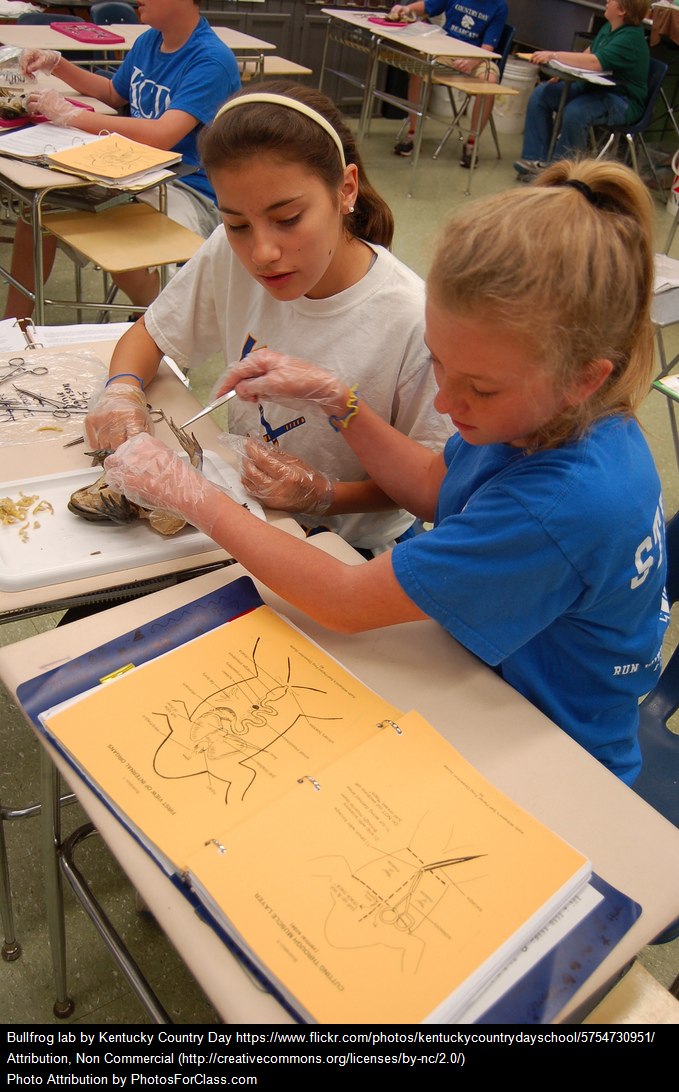
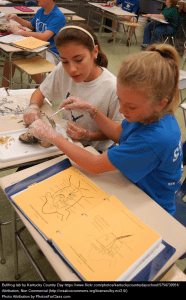
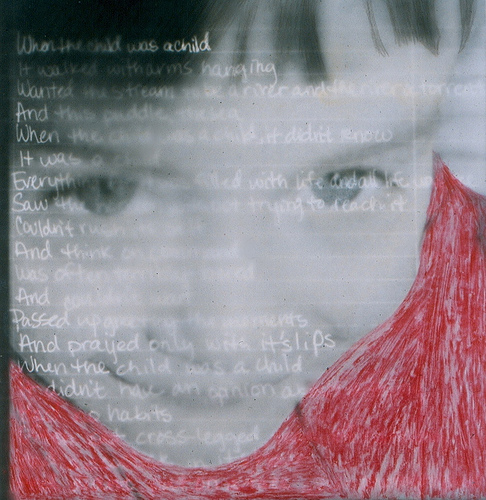
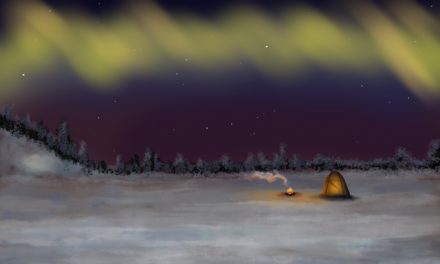
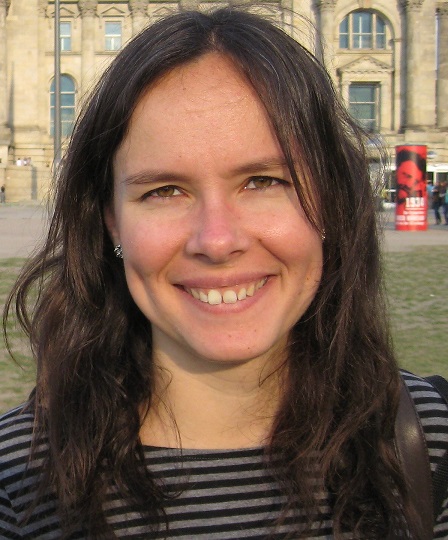
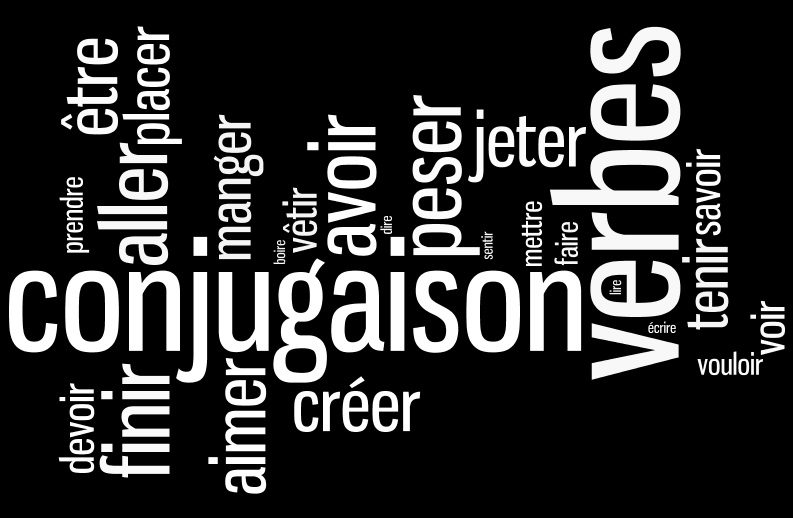
Thank you for the article! As a researcher, I value the constructivist approaches of science education. However, as a (former) secondary science teacher, I found it hard to incorporate inquiry-based teaching/learning approaches in my class as they had to write the provincial exams at the end of the semester.. I was just busy covering all the content for the exam in very traditional (behaviourist) way of teaching. Any teachers and consultants–
I would very much appreciate if you could share your ideas and previous experience on how to teach science in more inquiry-based manner for secondary students!
Amy
Thanks for your comment. I call it the constructivist’s dilemma – trying to balance the need for inquiry learning with the requirement to cover way too much content knowledge for the final exams.
In my recent research and during my work at the school board, I found that many teachers tried to incorporate one or two LESs into their repertoire of labs. These usually involve problem solving, inquiry-based, constructivist activities.
Hi Ken:
I’d like to offer a brief response to the dilemmas surrounding Inquiry-based Science that you’ve outlined in your column. As you imply, science teachers who try to offer their courses as pure examples of the Behaviourist (which is not as Objectivist as we are often led to believe) or Constructivist approaches are doomed to frustration and failure. To pick at these two extremes, even animals quickly move past behaviour into meaning. My favourite story here concerns the ferret being conditioned to run mazes in order to find its reward, a rabbit placed in one of them. The experiment was deemed a failure after the ferret did not return to the maze in which it had found its reward, a major blow to behaviourist theory. However, the ferret knew that that maze held no more rabbits! At the other extreme, veteran teachers will recall the “Discovery” approach being touted in the 1970s where in some sad cases students were offered a large variety of science resources and essentially told to discover something. This leaves teachers zig-zagging down Yager’s table in often-idiosyncratic fashion in order to optimize use of the resources available to them and to best meet the needs of their students, the prescribed curriculum, and centralized exams.
At this time, I would like to offer two main lines of methods that science teachers might try with their students to maximize student meaning (a constructivist objective), and therefore learning, in their classrooms. These suggestions follow from my own now-distant days as a high school math and science teacher and my now-former days as a university professor in Educational Psychology who focussed on human learning.
The first line of methods is based on Howard Gardner’s multiple intelligences perspective from the early 1980s. The assumption here is that everyone is “intelligent” in at least one of several ways (language, math, music, and bodily-kinesthetic abilities are four of the six or seven best-known abilities). In almost every classroom, students vary widely in their learning preferences and would prefer to have some choice in how to complete at least some of the course assignments offered by their teachers. So why not have an assignment that could be satisfied in one of several ways, such as an essay, a working model, a diagram, or even a song? Further, for those who prefer to work with others, a group assignment could be acceptable as well.
The second line of methods concerns testing of required content, where I will focus on the multiple-choice variety. Why not have students take the same multiple-choice test twice in the same class period? The first time through would be each student working on his or her own and handing in their paper (and later receiving the resulting score) while the second time through would be “written” by groups of, say, four students who discuss and debate each question and answer in the test. From their discussions, they would know the correct answer to each question before leaving at the end of class. This elaborated approach to testing should address both the content and meaning needs of the students.
Both of these lines of methods can be tinkered with by the science teacher with the objective of creating a workable and pleasant classroom situation that meets a variety of needs.
I like your ideas Howard. It would be interesting to hear from teachers who might have tried doing activities using methods more in line with their students’ learning styles. I also like your idea of having students do a multiple choice “test” as a group activity.
Your evaluation ideas Howard are right in line with educators who are looking at Assessment FOR Learning rather than simply the Assessment OF Learning. I truly believe that when educators use assessment to help students learn rather than to simply tell them where they fall on some arbitrary grading scale, that both students and teachers benefit. Is this constructivist? behavourist? I don’t really believe that it is one or the other. It really does depend on the classroom context etc.
hi Ken,
Thank you so much for sharing such an inspiring article. This semester, I taught an undergraduate science class. Unfortunately, I had 71 students and doing lab activities in a lecture room was impossible. However, I used graphs, pathways and diagrams to encourage students to construct their own knowledge instead of just giving information. My students were engaged in asking questions and interpreting graphs etc.
Do you have any other advice for teachers who want to encourage knowledge construction in large classrooms?
You’re right, doing constructivist activities with a group of 71 students is a challenge. Since these are undergrads who plan to become science teachers, perhaps they could be invited to create constructivist/inquiry-based learning activities in groups of 3 or 4 on given topics and present these to the class or have other groups actually do the activity. Just a thought…
Hi Neerusha….
While I don’t have large classes, I teach my students from a distance and have some of the same issues as you do with labs. I have used quite a few virtual labs to fill in those gaps and to allow students to learn through inquiry. I blogged about some of my favourite tools on this post: https://blogs.learnquebec.ca/blog/2012/11/getting-creative-with-practical-science-assessments/
Your blog nailed it! I actually brought up this discussion in relation to a class I was teaching at McGill Faculty of Ed students.
You hit the dilemma right on the head. Teachers have such huge time constraints and need to cover a large number of topics. A high school has special events and assemblies, and a large amount of planned class time ends up disappearing! Students love working in the constructivist mode, but how can one balance the need to cover the curriculum and the desire to let students think things out for themselves?
I look forward to your future blogs!
Thanks for your comment, Don. It seems that the balance you talk about is what science teachers (and those of all other subjects) have to figure out all the time. It’s part of the art of good teaching.